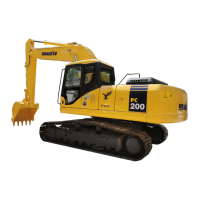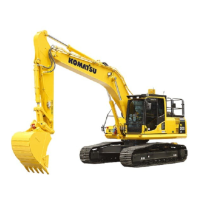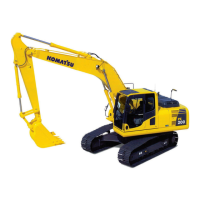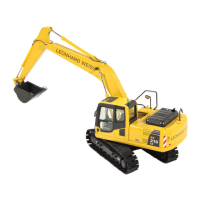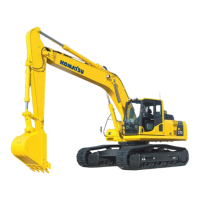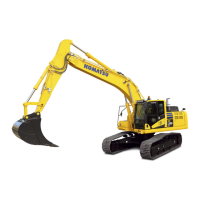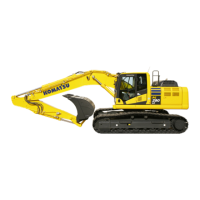PRECAUTIONS TO BE TAKEN WHEN WORKING
39
2.4.8 PREVENTING ELECTROCUTION
• Digging operations near overhead electric lines are extremely dangerous and they may also cause death due
to electrocution; for this reason, when working near overhead electrical lines always respect the minimum safe-
ty distances prescribed by the competent authorities and by the accident-prevention rules in force.
• As far as underground long-distance lines are concerned, the minimum distance depends on the covering of
the ducts in which the cables are laid.
• The basic safety precautions to be taken to prevent this risk are the following:
1 - Wear shoes with thick rubber or leather soles.
2 - Request the aid of another person who can warn you if the machine gets too close to the electric line.
3 - Operate at low speed.
4 - Learn what is to be done first in case of electrocution.
5 - Keep the phone number of the electricity company and of the nearest first aid station at hand.
• If the work equipment gets accidentally entangled in the cables, the operator must not leave the cab until the
electricity company has insulated the line.
• When carrying out this kind of operations, warn everyone standing in the work area to keep at the minimum dis-
tance prescribed from the machine and the work equipment.
• Ask the electricity company what are the voltage of the cables and the minimum safety distance in advance.
• The minimum distances from overhead lines can vary in the different countries, according to the cli-
mate and to the humidity percentage in the air.
Indicatively, the distances indicated in the table should be respected.
Cable voltage
Min. safety
distance
1.0 kV (distribution line) 5 m
6.6 kV (2÷3 insulators) 5.2 m
33 kV (min. 3 insulators) 5.5 m
66 kV (min. 6 insulators) 6 m
154 kV (min. 10 insulators) 8 m
275 kV (min. 19 insulators) 10 m
RWA05360

